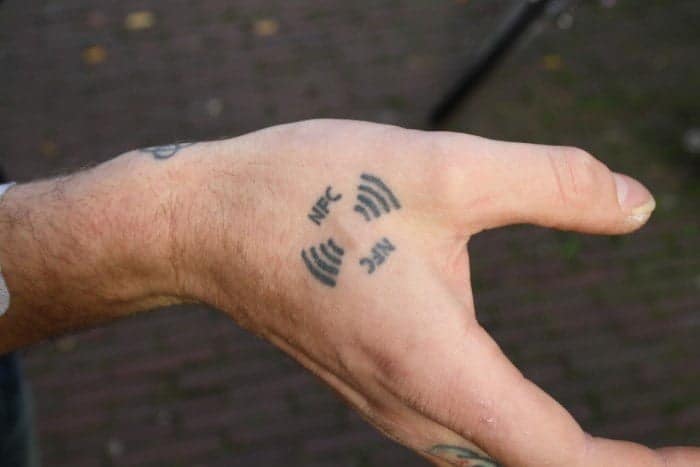The human body is malleable, just ask any athlete or astronaut. But the pace at which we can naturally reshape our physiology is slow compared to the quick fix solutions that technology can offer.
Body hacking answers many questions, such as: “Why bother training your memory for years when you can wear a search engine on your wrist?”
As technological advances increase, our species can increasingly rely on much more invasive and permanent devices.
This is what happens when our gadgets become part of us and make us review the boundaries of our humanity.
Change the genes

CRISPR is a relatively easy-to-use gene editing technique, and it could provide an escape from the ailments that have always plagued us. It can edit DNA by “cutting” defective segments and inserting healthier segments in their place.
Curing people with genetic diseases is probably in the near future, but the ethics of making changes before birth, “drawing” is murkier. This is a type of body hacking that goes well beyond the debate on the ethics of eugenics. Any unwanted side effects of a DNA change made to an embryo, or even sperm first, could develop through future generations.
Listen to the colors

Until 2004, artist Neil Harbisson experienced the world in shades of gray. So he and a friend created Eyeborg, a light-detecting sensor that it is now surgically fixed to his skull. This translates the electromagnetic light waves around him into sound frequencies, turning color into musical notes.
After using the device for eight years, the researchers found it may have helped Harbisson make new connections between the auditory and visual areas of his brain.
Treating tumors

Oncologists have already managed to put some cancers into remission with CAR-T therapy. It works by harvesting a patient's T cells (a type of white blood cell), adding a receptor to the outside that targets their cancer, and putting them back into the body. Because the redesigned cells replicate themselves, they could theoretically provide long-term protection against that type of cancer, preventing future recurrences. A sort of antibody.
Opening doors with “thought”

Pets have had implantable microchips for decades, but lately humans have also been experimenting with body hacking through the insertion of radio frequency identification (RFID) tags. in their bodies.
You can program these clutches to open your car door or unlock your phone. Similar tags could one day even monitor your vital signs: the only brake (however legitimate) arises from concerns about the privacy of storing biological data.
Acquiring new senses

Levitating staples (with a trick) always gets a few laughs at a party, but when body hackers do incorporate magnets under the fingers they want to get a real extrasensory perception.
Whenever users pass through a magnetic or electric field such as those emitted by speakers and microwaves, they feel a small tug on the inside of their “super fingers.” More sophisticated future sensors could use that sensation to encode information about all kinds of otherwise invisible forces.
Updating the limbs

The ideal prosthesis should give you the feeling that it is actually part of your body.
Osseointegration makes this result possible. A deep direct connection between the bone and the artificial appendage allows for greater mobility, stability and comfort, as it allows the devices to move and adapt to the body as the bone grows. Most traditional prostheses, which simply attach to the body, gradually become more unstable.


